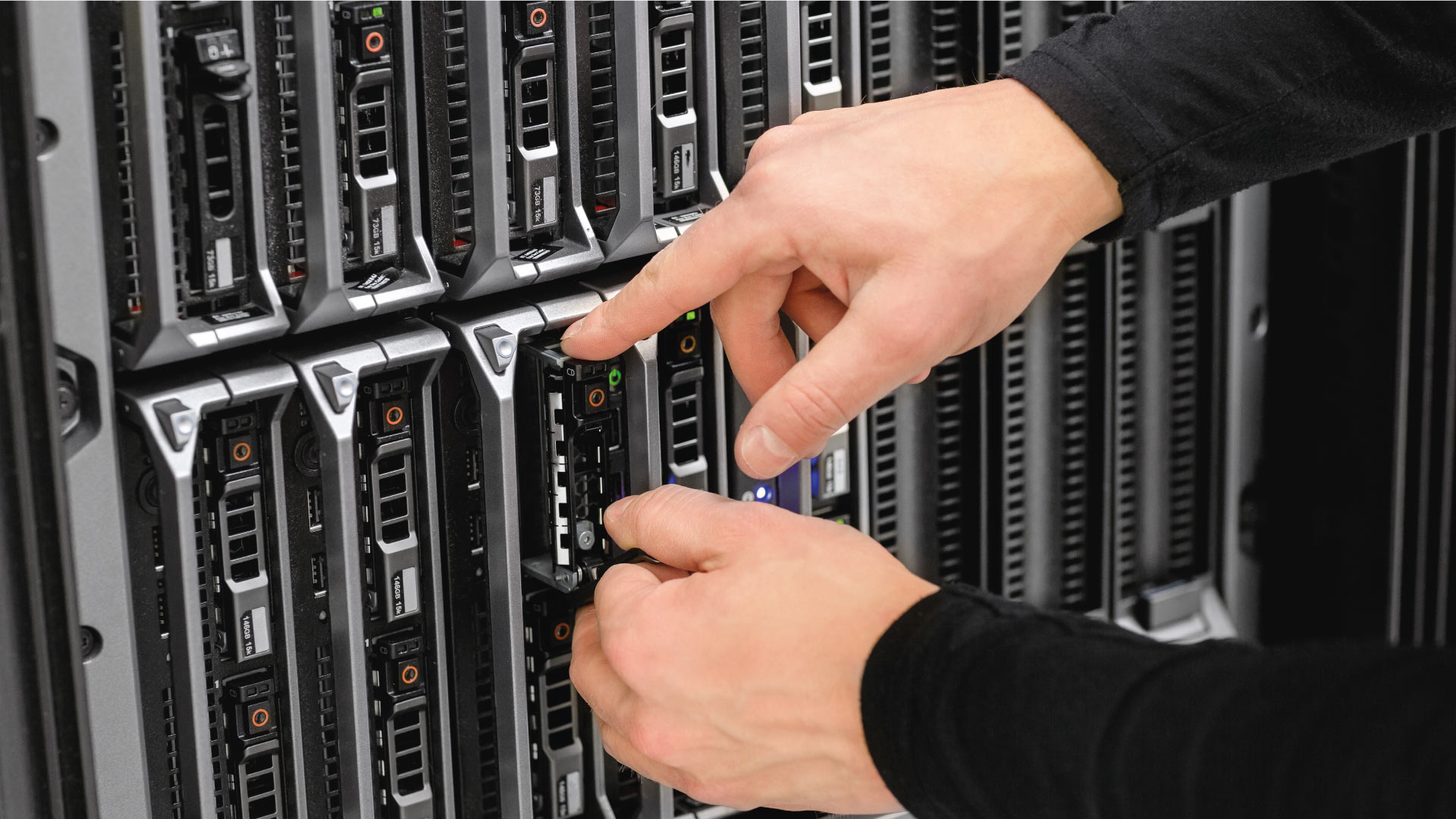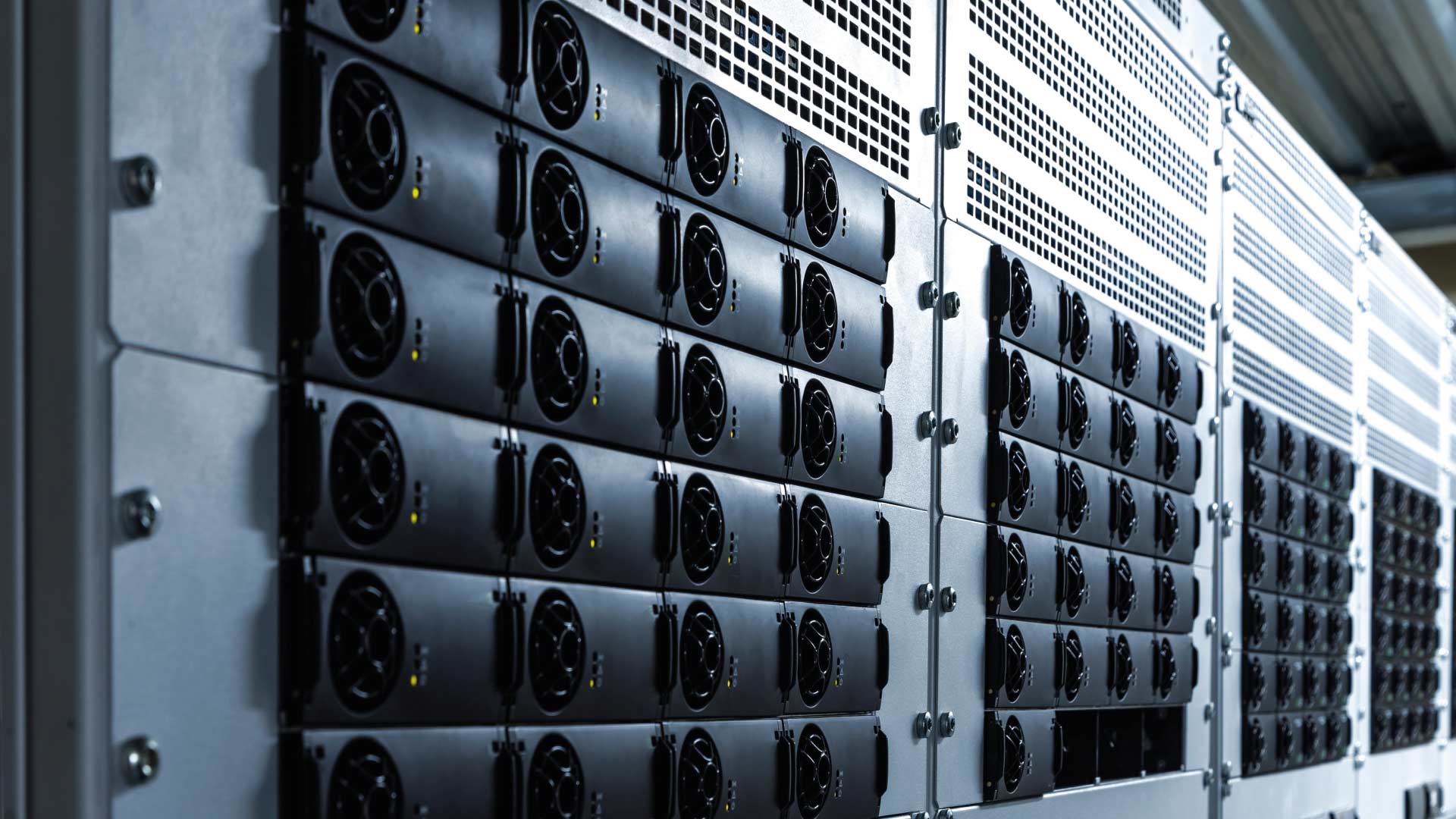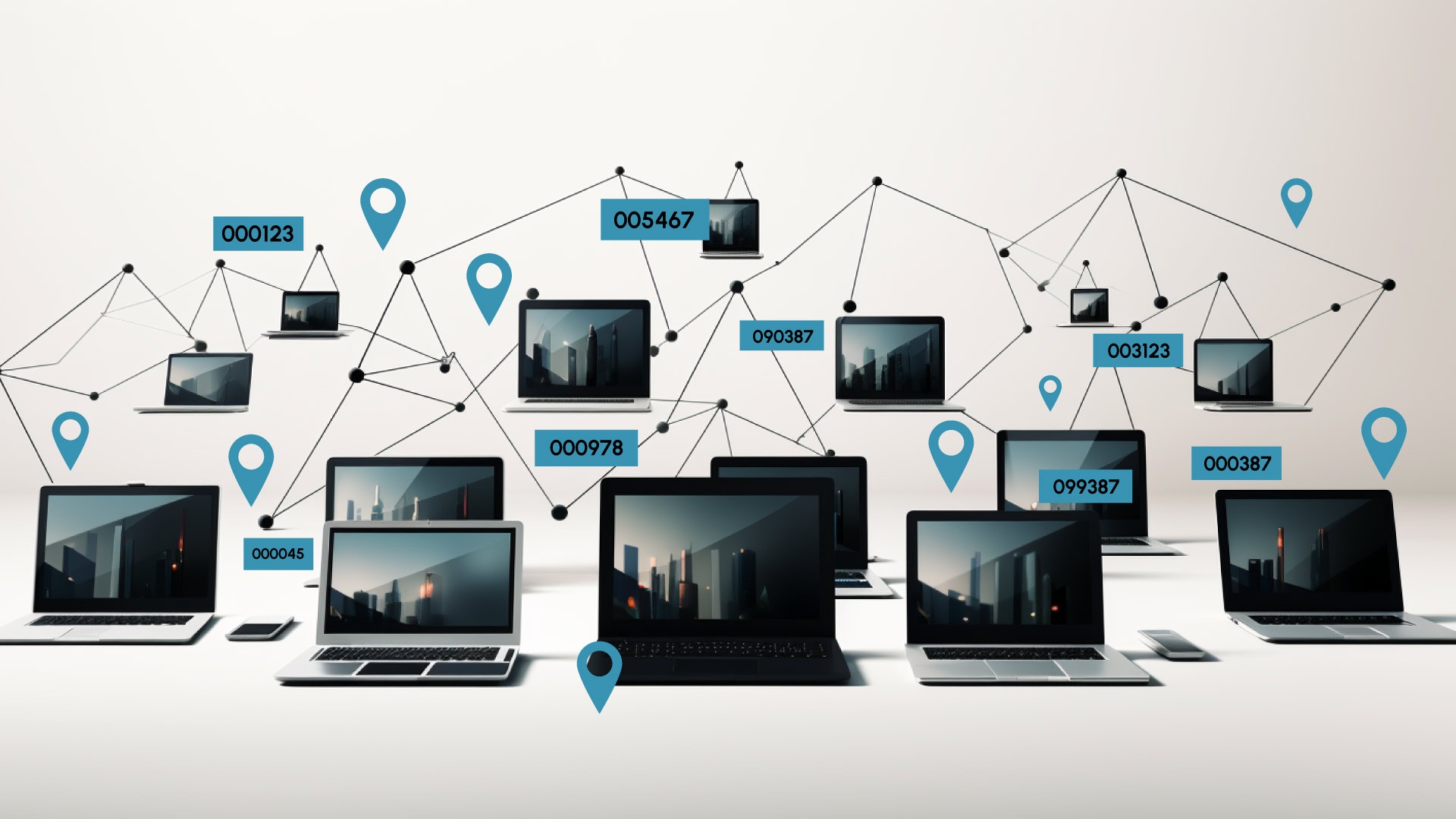The digital world is advancing with growing momentum which is having a massive impact on data centres and energy consumption.
Data centre managers today are facing a constant uphill battle with skyrocketing energy usage and energy costs. Strict environmental guidelines to reduce emissions and go carbon neutral by 2030 have been implemented to balance data centres’ rapidly increasing global share of energy consumption. Many now invest in next-gen DCIM to effectively manage and take control of their assets, energy efficiencies and provide power budget forecasts.
With the mounting pressure of eco deadlines to improve energy efficiencies, data centres have the perfect opportunity to really take a look at their facilities, warts and all, to see exactly where they are wasting valuable resources and where energy and money saving cuts can be made.
The first step is to get a complete overview of what is being spent and where.
Table of Contents
ToggleKey Takeaways
- Power Consumption per Rack:
- Generally around 7kW, depending on location and configuration.
- Peak demands can push power densities to 15kW per rack, and some data centres even reach over 20kW per rack.
- Cost Breakdown in the US:
- Up to $30,000 annually per rack.
- Total data centre operational costs range between $10 million and $25 million per year.
- Cost Comparison with UK Electricity Prices (2024):
- £7.40 per kW per day in the UK.
- Annual expenses for a 7kW rack: approximately £18,200.
- Annual expenses for a 20kW rack: around £52,600.
- In London colocations, expenses for a full rack (typically 3.5 – 4kW) can reach £23,100.
A Breakdown of Energy Costs, Rack by Rack

If we’re going to get into the nitty gritty of it all, a good place to start is by looking at the cost to power one rack in a data centre. Generally speaking, the power consumption is about 7kW, depending on location and configuration. Well over half of US data centres experience power densities of around 15kW per rack during higher peak demands, and it isn’t unheard of when some data centres hit over 20kW a rack.
Converted in money terms, the cost of this amounts to anything up to $30,000 a year per rack in the US. And overall, the total cost of running a data centre ranges between $10 million and $25 million a year. If energy usage can be fully optimised, rack by rack, server by server, the potential savings could be significant.
Comparing these US statistics with the updated 2024 electricity prices in the UK of £7.40 per kW per day, we observe an increase in costs. For a 7kW rack, the annual expenses rise to approximately £18,200, while for a 20kW rack, they escalate to around £52,600 per year. Particularly in certain London colocations, the expenditure for a full rack, typically around 3.5 – 4kW, can soar up to £23,100.
Some businesses, like Thrive, are making attempts at reducing energy costs, with their colocation data centre allowing customers to use its buying power with energy suppliers to keep costs down, as well as investing in greener cooling.
Let’s take a look at how these figures could increase. Ireland, for example, is experiencing a data centre boom and their data centres are forecast to grow by 13,000 square metres a year from 2022 to 2026, with revenue expected to at least double over that four year period. While this is incredible news for business, it comes with the obvious extra energy cost implications. By 2030 Irish data centres could account for a third of Ireland’s energy use, expected to cause rolling blackouts countrywide. While most countries won’t quite match up to these figures, globally, data centres consume around 2% of electricity which is predicted to increase to as high as 8% by 2030.
What Impact Do Tier Ratings Have on Data Centre Costs?
Tier ratings in data centers, established by the Uptime Institute, significantly impact both the construction cost and operational costs of these facilities. Each tier reflects a different level of system redundancy, fault tolerance and uptime. Here’s how they impact costs:
Tier I Data Centre Costs Comparison
- Construction: Least expensive to build. It involves a simple design with no redundancy; single paths for power and cooling.
- Operation: Higher operational costs due to more frequent outages and maintenance downtime.
- Overall: Lower upfront capital but higher risk and potentially increased costs due to downtime.
Tier II Data Centre Costs Comparison
- Construction: Slightly more expensive than Tier I. Adds redundant capacity components (N+1) to the basic Tier I infrastructure.
- Operation: More reliable than Tier I, with less downtime but still significant risks during maintenance or outages.
- Overall: A balance of moderate upfront investment with reduced, but still present, operational risks.
Tier III Data Centre Costs Comparison
- Construction: Significantly more expensive. It requires multiple paths for power and cooling (but only one path active), offering N+1 redundancy and concurrent maintainability.
- Operation: High operational efficiency with the ability to perform maintenance without shutting down.
- Overall: Higher initial investment but more cost-effective in the long run due to reduced downtime.
Tier IV Data Centre Costs Comparison
- Construction: Most expensive, featuring a fully fault-tolerant infrastructure with 2N+1 redundancy.
- Operation: Highest operational costs, but offers the highest level of reliability and uptime (99.995%).
- Overall: Large upfront capital expenditure balanced by minimal downtime costs and highest service continuity.
Key Points:
- Uptime and Reliability: Higher-tier data centers offer more uptime and reliability, which can translate to lower indirect costs due to downtime.
- Flexibility and Scalability: Higher-tier centers may offer more flexibility and scalability, impacting long-term operational costs.
- Energy Efficiency: Higher tiers often incorporate more advanced energy efficiency measures, which can reduce long-term operating costs despite higher upfront investments.
As you move up the tier system, the upfront construction costs and operational complexity increase, but this is balanced by greater reliability and lower risk of costly downtime. The choice of tier depends on the specific needs and budget of the organization, as well as the criticality of uninterrupted operations.
Where Else is Energy Being Used in Data Centres?
Aside from the fully functioning servers, there are other main areas in which data centres spend most of their energy budgets and could be optimised to cut costs.
Cooling Systems

An essential part of data centre management is cooling. The amount of energy consumed by data centres can result in excessive heat generation which it is vital to control in order to protect systems from overheating and failing.
Earlier this year during the summer heatwaves it was all over the news when Google’s London data centre cooling systems became insufficient and servers suffered failures as a result.
Following the unexpected rises in temperature which managed to push these front-runner’s cooling systems over the edge, some data centre businesses are considering taking advantage of ‘free cooling’ to save on their cooling costs by migrating their data centres to cooler climates.
Obsolete Servers

At least with an active server you are getting something for your money, but all data centres waste a vast amount of their valuable energy budget on energy squandering idle and obsolete servers. Among thousands or even hundreds of thousands of servers it’s not glaringly obvious when servers are running unused or whether energy ought to be diverted elsewhere. Without an accurate overview of all assets, it’s impossible to properly manage obsolete and outdated equipment that will be eating into energy budgets.
For a deep-dive into the struggles data centres face with rising energy costs – and what they can do about it – take a read of our latest guide ‘Data Centres vs Energy Costs’. Free to download at the bottom of our blog, here.
How Can DCIM Improve Energy Consumption and Keep Costs Down?

With such huge costs, data centre management’s primary task is to closely monitor their energy consumption and efficiency. Innovative DCIM offers immediate visibility over all assets with real-time insights into each rack and each server’s energy usage. With precise data centre monitoring, each asset can reach optimal performance and energy wastage can be reduced through the weeding out of underused and idle equipment, reducing the overall energy cost per rack.
The smartest solution for business owners to gain control over where and how their energy budget is being spent is investing in revolutionary next-gen DCIM software which provides a more accurate overview of an entire data centre space. This allows data centre managers to see exactly when servers and racks are running and when they’re actually needed, saving time, resources and money.
Combine that with a digital twin, an accurate, virtual replica of every asset and system across all data centre sites, and you have the ability to predict changes and mitigate risks before they occur, thus reducing energy wastage.
Our smart DCIM also effectively monitors data centre cooling systems to pinpoint problems and make adjustments to humidity and temperatures. Throw AI (Artificial Intelligence) and machine learning into the mix and data centre teams can monitor and predict what, where and when to cool, generating massive energy savings of up to 30%! AI can also be put to work in many other areas to cut costs, from reducing the need for human intervention in mundane tasks, so your skilled workforce can be redirected elsewhere, to identifying energy patterns and optimising efficiency.
When you have a full overview of all assets and how they’re functioning, you can make decisions on where to conserve energy. Assetspire’s 3DCIM offers full and immediate visibility over all assets and will locate in real time and rectify any idle servers for you, invaluable in the fight against energy inefficiency.
Trial our DCIM and See How Much it Will Benefit your Data Centre
You’ve read how Assetspire’s next generation intelligent data centre management software can be the solution to a myriad of inefficiencies within data centres, now is your chance to give it a try and see how much it can save you. Quick to deploy, use on your mobile on the go, our Spire platform will address the real issues around asset management and provide smart solutions, yielding a fast return on your investment.
Get a free demo with us today.




